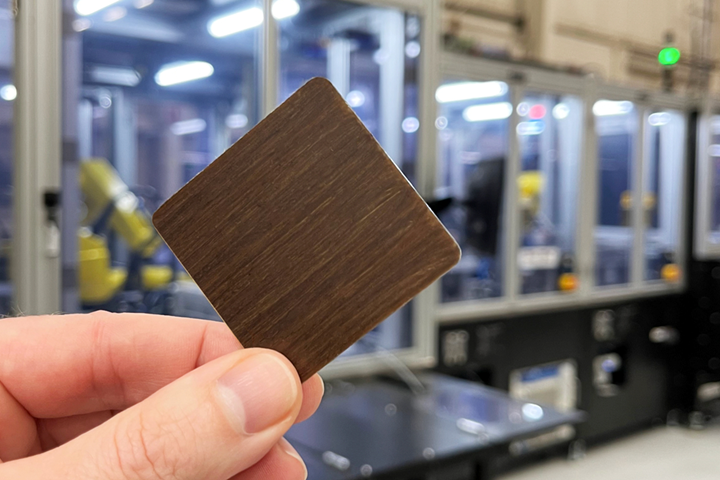Arris unveils structural flax fiber composite
High-performance natural fiber adds to the company’s other biocomposite offerings, helps achieve sustainability initiatives.

Photo Credit: Arris
Arris (Berkeley, Calif., U.S.) announces a new sustainable flax fiber composite material offering for structural applications, with high-performance capabilities to complement its already available being used with carbon and glass fibers. Flax has <5% of the CO2e footprint compared to carbon fiber, aiding in emissions reduction.
Sustainability and innovative material development are at the core of everything Arris does as the team scales Additive Molding for a production capacity in the millions to meet demand. Additionally, Arris says it has doubled its in-house material production capacity as of February 2023 to support growing customer programs.
“Since we started, our R&D team has been researching and investigating recycled, recovered, and natural fibers, as well as recycled, bio-based and bio-synthesized polymers that help brands achieve necessary sustainability initiatives without sacrificing the best-in-class performance their customers have come to expect,” Bert Mannhalter, Arris vice president of research and development (R&D), says. “I’m excited to reach this breakthrough in processing flax fibers. Though it’s been used for cosmetic parts such as veneers and paneling, we now see a way to use these fibers for true structural applications.”
Related Content
-
Plant tour: Airbus, Illescas, Spain
Airbus’ Illescas facility, featuring highly automated composites processes for the A350 lower wing cover and one-piece Section 19 fuselage barrels, works toward production ramp-ups and next-generation aircraft.
-
Co-molding SMC with braided glass fiber demonstrates truck bed potential
Prepreg co-molding compound by IDI Composites International and A&P Technology enables new geometries and levels of strength and resiliency for automotive, mobility.
-
Revisiting the OceanGate Titan disaster
A year has passed since the tragic loss of the Titan submersible that claimed the lives of five people. What lessons have been learned from the disaster?



